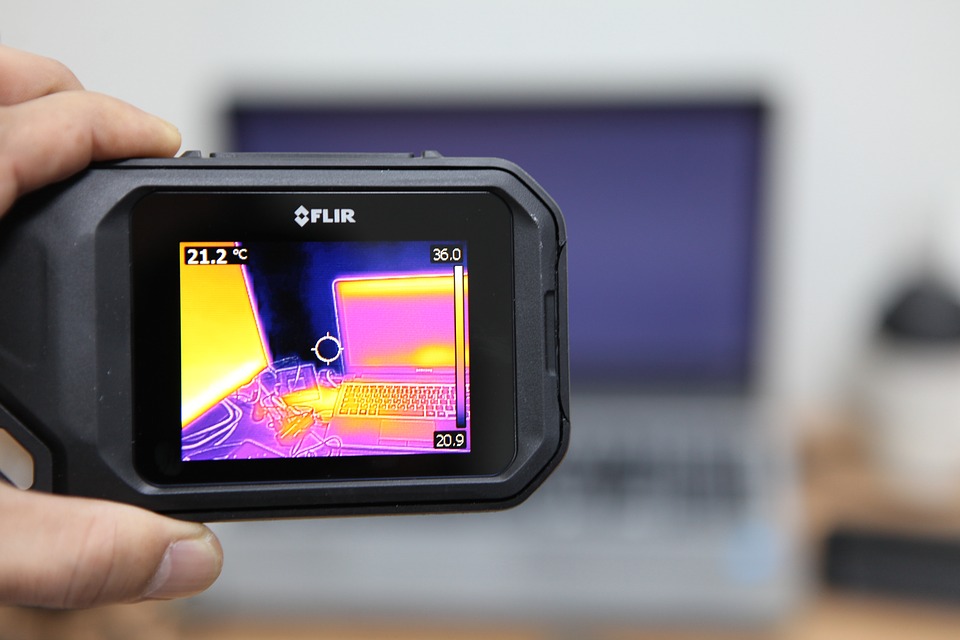Thermal imaging cameras are cutting-edge tools that allow us to see the world in a whole new light—literally. But what’s the science behind these remarkable devices, and how do they transform infrared radiation into visible images? Let’s explore the fascinating science behind thermal imaging cameras.
- Infrared Radiation: At the core of thermal imaging is the concept of infrared radiation. Every object with a temperature above absolute zero (-273.15 degrees Celsius) emits infrared radiation. This radiation is invisible to the human eye but can be detected by specialized sensors in thermal cameras.
- Microbolometers: Sensing Heat: Thermal cameras use a type of sensor called a microbolometer to detect infrared radiation. Microbolometers are made of materials that change their electrical resistance in response to heat. When infrared radiation strikes a microbolometer, it heats up, causing a change in its electrical properties.
- Detecting Temperature Variations: The microbolometers in a thermal camera are arranged in a grid pattern, with each sensor detecting infrared radiation from a specific area in the camera’s field of view. By measuring the changes in electrical resistance across this grid, the camera can create a detailed thermal image that represents temperature variations in the scene.
- Image Processing: From Heat to Image: The electrical signals from the microbolometers are processed by sophisticated electronics and software within the camera. Algorithms analyze the signals and convert them into a visual representation of temperature differences. This process generates a thermal image where warmer areas appear as brighter colors (such as red or yellow) and cooler areas as darker colors (such as blue or purple).
- Color Scales and Temperature Ranges: Thermal cameras use color scales to represent different temperature ranges in the thermal image. Users can adjust these color scales to highlight specific temperature ranges or anomalies, making it easier to interpret the thermal data.
- Applications Across Industries: The science behind thermal imaging cameras has revolutionized various industries. In building inspections, they can detect hidden moisture, insulation problems, and electrical hotspots. In firefighting, thermal cameras help locate people and identify fire sources in smoke-filled environments. In medical diagnostics, they aid in detecting abnormalities like inflammation or circulation issues.
- Advancements in Technology: Over time, thermal imaging technology has evolved, leading to more compact, high-resolution cameras with enhanced features. Modern thermal cameras can capture detailed thermal images in real time, making them indispensable tools for professionals in diverse fields.
In conclusion, thermal imaging cameras operate on the principles of infrared radiation detection and electrical resistance changes in microbolometers. The science behind these cameras enables us to visualize heat and temperature variations, unlocking a wealth of applications across industries and expanding our understanding of the world around us.


Recent Comments